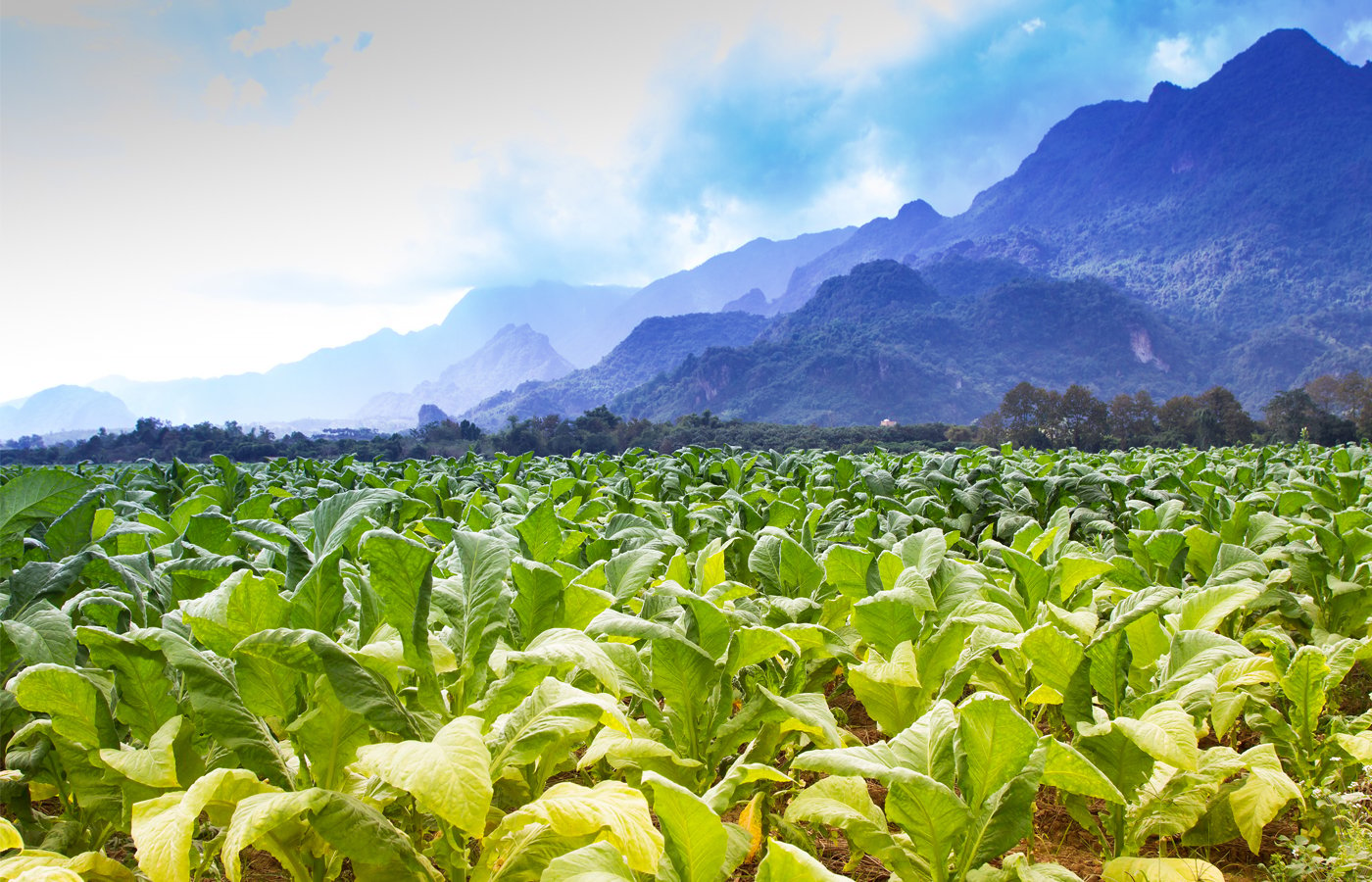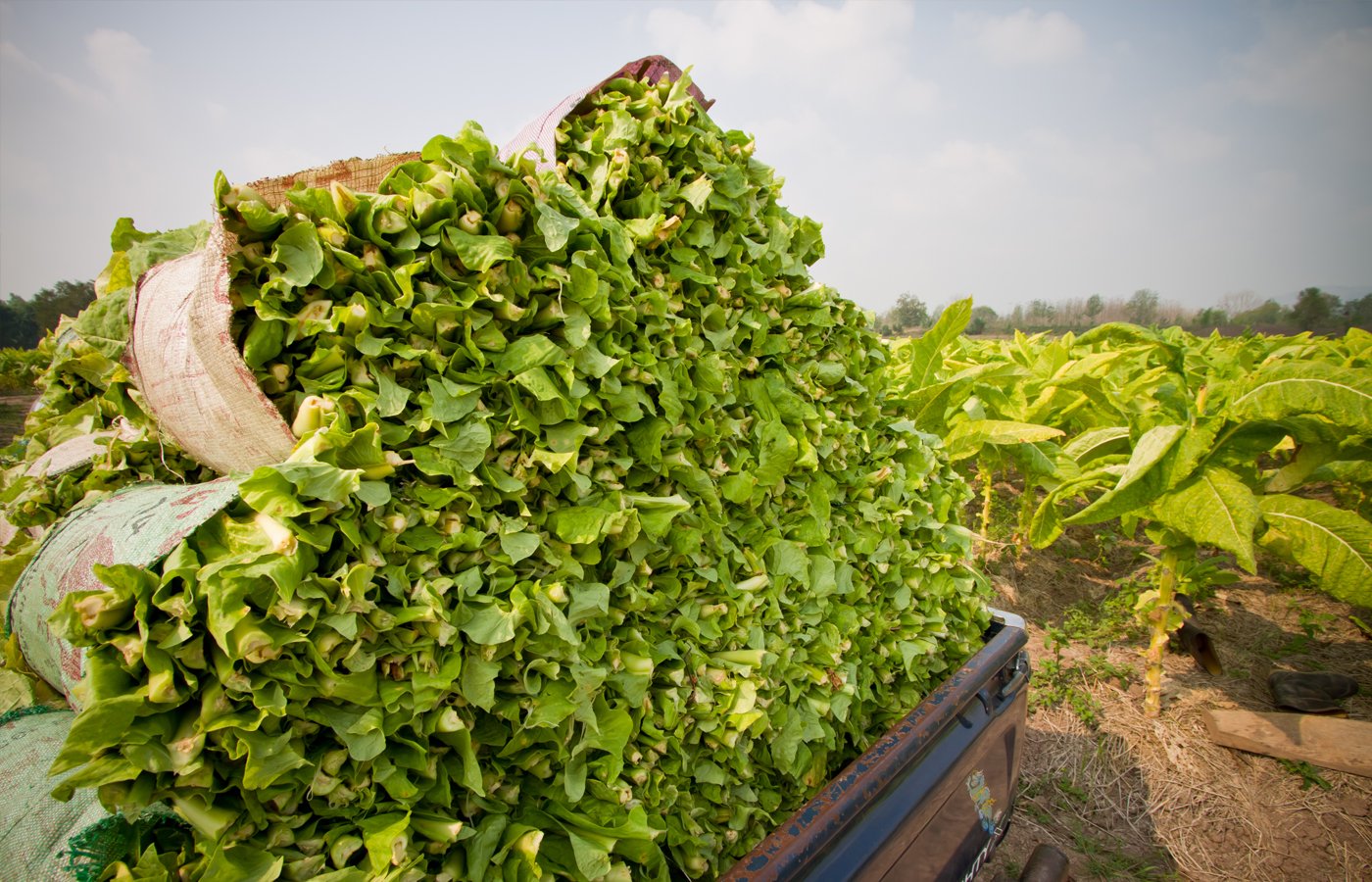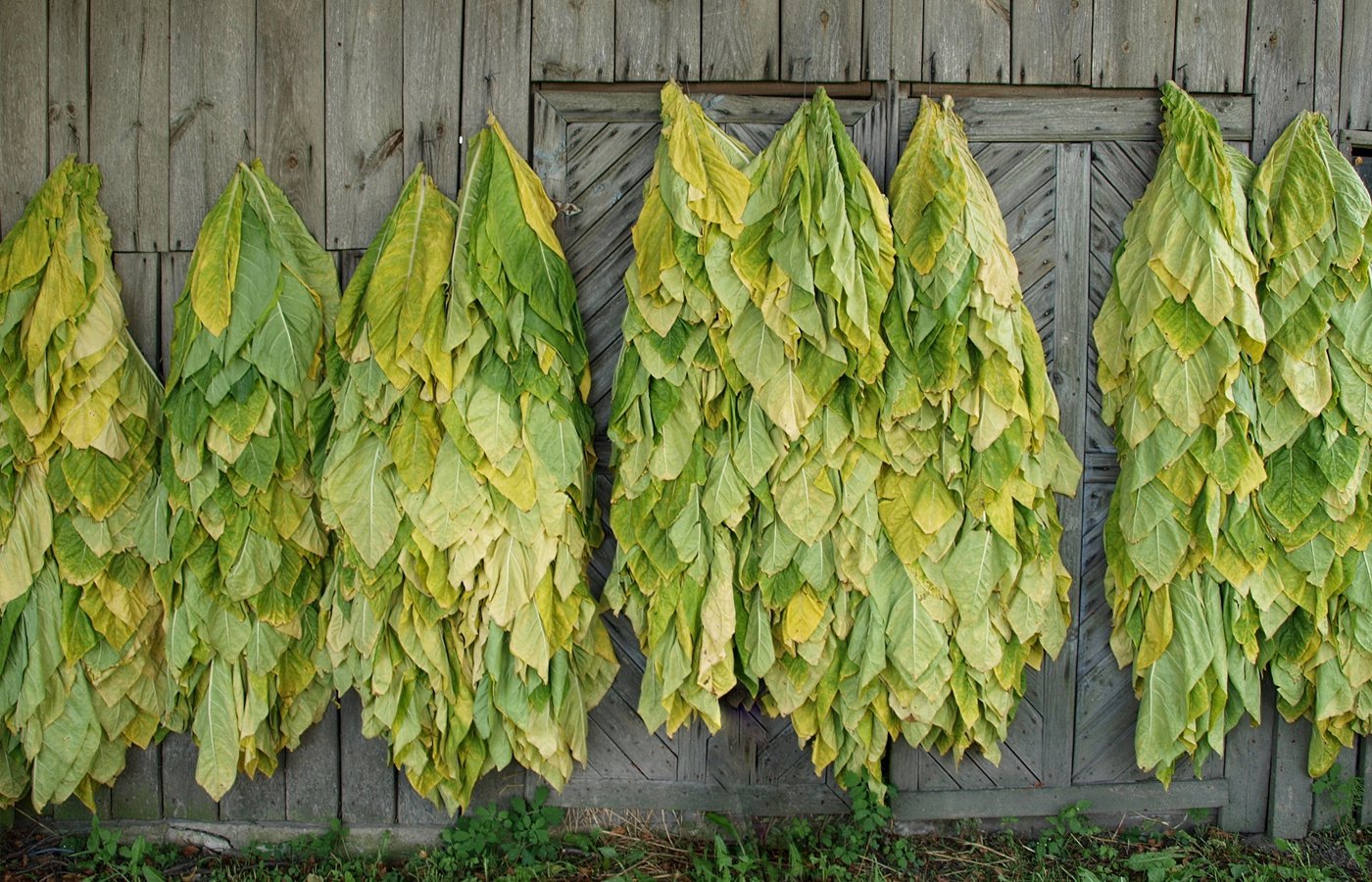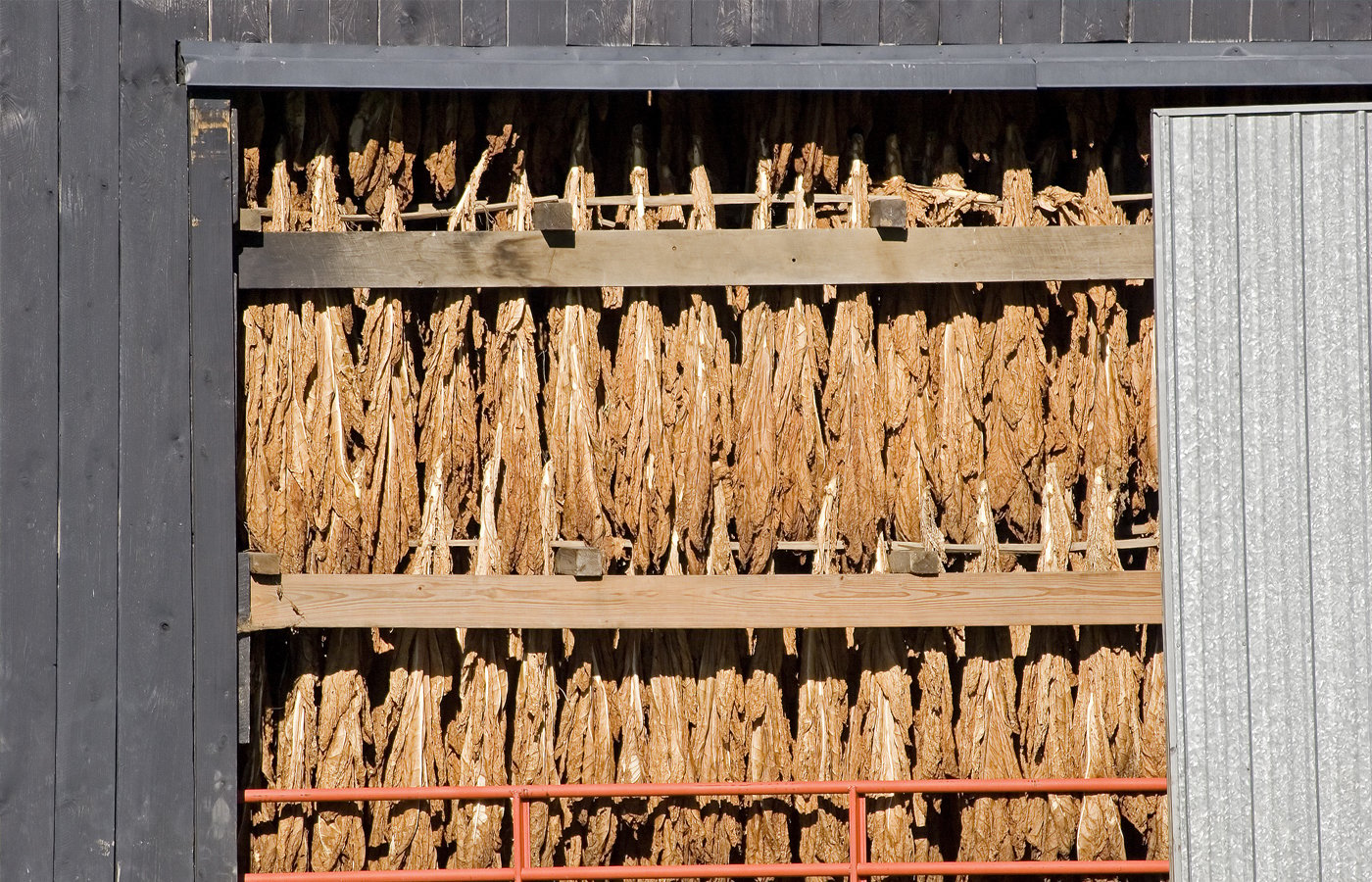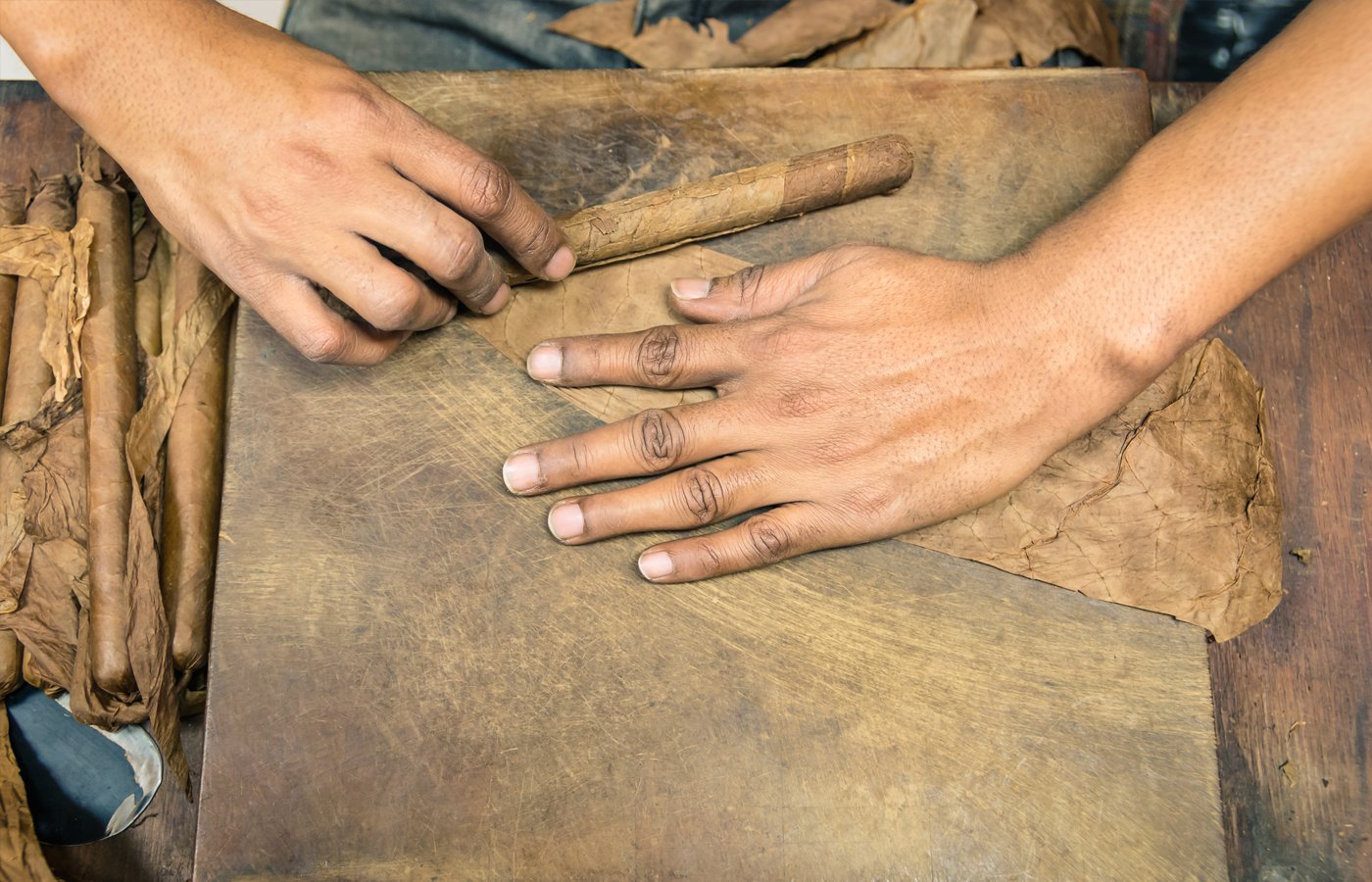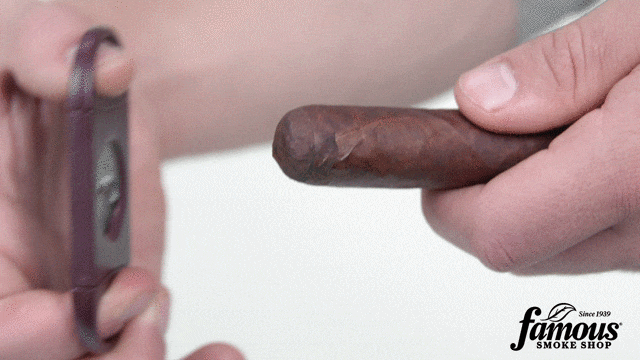

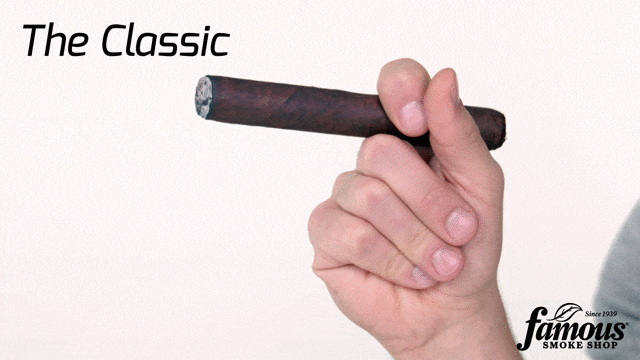
Your Cigar Journey Starts Here
First, here is some basic knowledge to help you get to know your cigar better.
Anatomy of a Cigar
To have any kind of discussion with a fellow cigar smoker or tobacconist, you need to know the different parts and names of a cigar.

How-To Videos & GIFs
Now, it’s time to dive into the basic skills and tools associated with cigar smoking. These how-to videos break down what you need to know to get started.
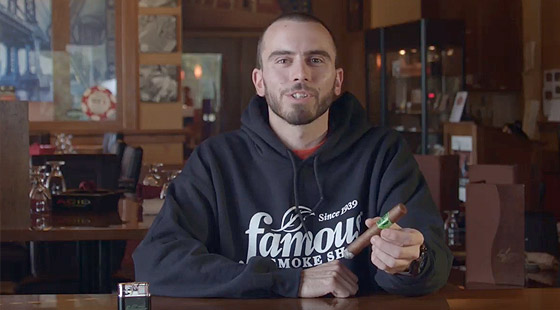
How to Smoke a Cigar
To get you on the road to enjoying your cigars, this video will show you how to keep proper pacing when puffing on a cigar to deliver the best overall experience.
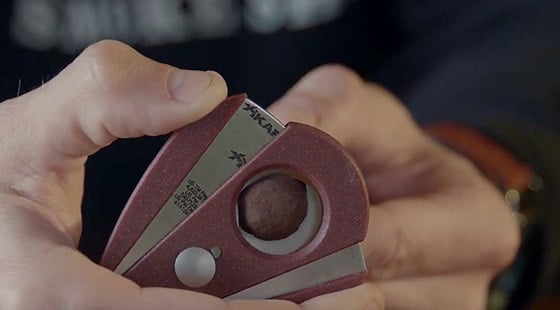
Basic Tools a Cigar Smoker Needs
A cigar cutter and a lighter, for starters. Check out this video that shows key aspects you want to look for in a cutter and lighter as you step into the cigar lifestyle.
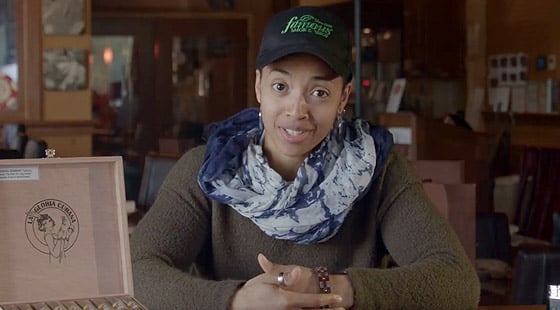
To Inhale or Not to Inhale a Cigar?
That is the question. This video digs into that debate, providing explanation to this very common question among new cigar smokers.
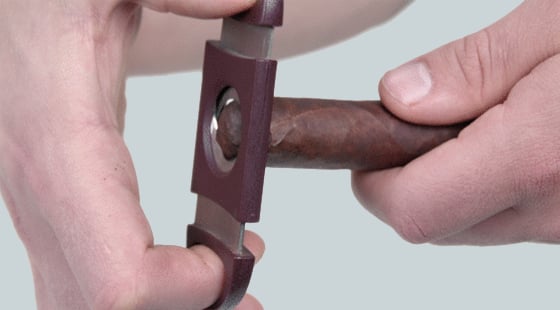
How to Cut a Cigar
Using a guillotine cutter, it's a quick motion to close the blades - and easily cut your cigar.
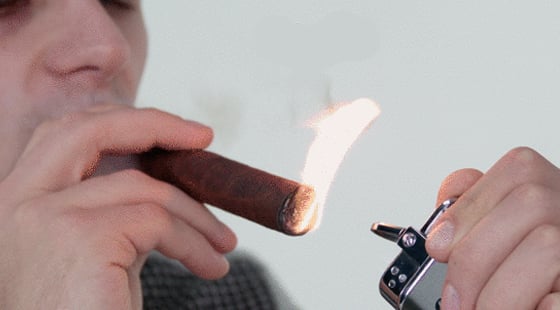
How to Light a Cigar
Without touching the flame to the cigar, ignite the exposed tobaccos - then put the cigar in your mouth, and rotate while you puff to draw the flame onto the foot. Your cigar is ready to smoke when the foot is completely lit.
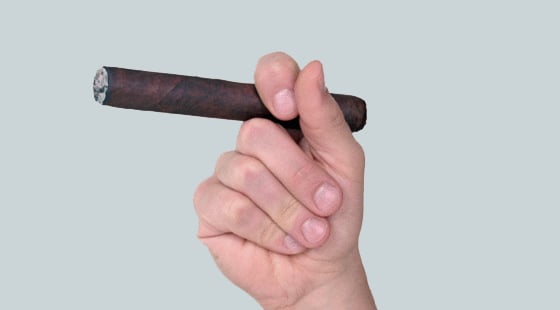
How to Hold a Cigar
Here are the 3 most common ways to hold a cigar - but the best or right way to is the one that's most comfortable to you.
How Cigars Are Rolled
Making cigars is an art. In fact, there is so much tradition and knowledge that goes into making a great-tasting cigar, even a comprehensive cigar smoking guide like this can't explain it all. These skills come from generations of expertise, alongside years of training and practice. Master blenders understand how seed varieties and growing conditions affect the characteristics of cigars. They understand how to select specific tobacco leaves for the filler, binder and wrapper to achieve particular balance, strength and flavor profiles. Of course, you don’t have to have the knowledge of a master blender, but knowing the basic steps that go into making a premium cigar will help give you a greater appreciation for the cigars you’ll enjoy.

Premium Handmade Cigars
- Made entirely by hand
- Wrapped in whole tobacco leaf
- Contains 100% leaf tobacco binder
- Contains only natural, long-leaf filler tobaccos that are fermented and aged
- Smooth, tight wrapper that is slightly oily to touch
- Even burn
- Generally higher priced

Machine-Made Cigars
- Made on high-speed rolling machines
- May use a homogenized wrapper, which impacts the taste
- Consists of chopped tobaccos that may include stems and other leaf scraps
- Wrapper is duller in appearance
- Draw and burn quality can be inconsistent
- Generally lower priced
Cigar Terminology
Let’s get you rolling on the path to cigar enlightenment. First, some basic terminology about this fine tradition.
Aging/Aging Room
A specific room within a cigar factory where cigars are left to age, also referred to as the ‘Marrying Room’. Typically lined with Spanish cedar, cigars may spend anywhere from 3 months to several years in the aging room before shipping off to market.
Ammonia
A harsh chemical that is naturally found in tobacco plants. Natural fermentation is meant to draw the ammonia out of cigars. Tasting ammonia in your cigar is a sure sign of improper fermentation.
Aroma
The scent or fragrance your cigar will emit, different from flavor as you’ll be smelling this.
Band
A decorative label placed on each individual cigar. Some cigars will have no bands while others like the Montecristo Espada will have several. At one point it was considered to be ‘in poor taste’ to leave the band on while smoking but this is currently not the case.
Barrel
The mid-section of the cigar that lies between the foot and cap.
Beetle
Otherwise known as Lasioderma, the tobacco beetle has been a scourge to cigar smokers everywhere for centuries, infamous for wiping out crops and humidors alike. They typically only present themselves in cigars when the temperature is too high in your humidor.
Binder
The binder leaf is placed over the filler tobacco to make a bunch, which ensures a smooth shape and even burn.
Blend/Blending
The overall mixture of tobaccos used in a cigar. A blender will create a cigar through tasting varieties of tobacco from various countries and several primings to determine the final blend.
Body
Often confused with the strength, the body of a cigar is a combination of the intensity of the flavors and nicotine strength. Cigars can be mild, medium, or full bodied.
Box
The typical presentation of cigars, often made of Spanish cedar or cardboard.
Box Press
A cigar that has been box-pressed is indicated by its square shape. The process of box-pressing a cigar is done by two traditional methods- Standard and Trunk Press.
Bunch
A group of filler and binder leaves grouped together before a wrapper is applied.
Bundle
A packaging for cigars. Bundles are typically sold cheaper than cigars in a box.
Butane
A highly refined fuel used for torch lighters.
Canoe
Also known as flagging, this occurrence is referred to when one side of your cigar is burning faster than the other.
Cap
The top-most piece of tobacco added to the cigar after the wrapper is applied and adhered with pectin gum.
Cedar Spill
A splinter of cedar wood, lit on fire and used to light cigars.
Cellophane
A plastic-like material made entirely out of plant products and used to package individual cigars.
Complexity
The depth of flavors found in a cigar.
Country of Origin
The country of which a particular cigar was manufactured in.
Cuban Sandwich
When a cigar has a filler blend consisting of both long filler and short (chopped) filler leaves.
Cuban Seed
A tobacco that was grown in a non-Cuban country with seeds originating from Cuba, ex: Cuban-seed Nicaraguan.
Curing
A step in the cigar making process that takes place after the tobacco is harvested. The leaves are hung on racks and strung up in 40 ft. tall aerated curing barns where they are left to dry. This process is meant to pull the moisture from the leaves.
Cutter
A tool to cut the cap of the cigar off. Cutters will vary depending on personal preference such as punch, guillotine, v-cut, scissors, or perfect cut.
Draw/Draw test
The air flow of the cigar; the draw may be easy, too easy (too much smoke or air), or tight (not enough smoke).
Fermentation
A process in the cigar making process meant to draw the ammonia out of the tobacco leaves and diminish the nicotine levels. The tobacco is piled up into stacks called a bulk, or pilon, where they build to high heats of 110 and 115 degrees.
Figurado
A cigar that has been molded and rolled into a special shape, resulting in the cigar having multiple ring gauges, such as a pyramid, belicoso, or rothchilde.
Filler
The core of the cigar- filler tobacco is typically 3-4 whole leaves of long filler. However, a cigar’s filler may consist of short or chopped filler or even a mixture of both mixed and long filler- referred to as a Cuban Sandwich.
Flavor
The overall tastes and aromatics experienced while smoking. Flavors can vary greatly between cigars and the people smoking them; many use a flavor wheel as a guide.
Foot
The end section of the cigar. A ‘closed’ foot is a variation, such as Southern Draw’s Rose of Sharon, where the end tobacco is folded over the end.
Frontmark
Located on the front of a box, the frontmark indicates the shape/size of the cigar.
Gum
A natural adhesive made of pectin (a plant-based gum used in preserves). Gum is used in the application of the cap on the cigar.
Head
The top section of the cigar where the cap is applied.
Hecho a mano
Spanish for “Made by Hand”.
Humidor
A special storage container used specifically for cigars. Humidors are usually lined with Spanish cedar but composed of exotic woods or even special acrylic polymer.
Hygrometer
Available in both digital and analog - hygrometers may be used to measure the relative humidity of a humidor while some digital units also measure the temperature inside your humidor.
Lighter
A device used to light cigars. Cigar lighters come in both soft flame and torch and will exclusively run on high quality butane.
Long Filler
Finished whole tobacco leaves, usually a blend of several primings. A large portion of a cigar's flavor will derive from the filler.
Maduro
A shade of wrapper, typically found in Broadleaf wrappers, that is typically darker and sometimes features a rustic look. These leaves endure an extra-long fermentation process that contributes to their darker complexion.
Mixed Fill
Another term for Cuban Sandwich, a combination of both long and short filler leaves in a cigar.
Mold
An unwanted aspect of cigar storage. Mold grows when the humidity and temperature are simultaneously too high and will grow in spores. Often confused as plume by novices.
Plume
Sometimes confused with mold, plume occurs naturally in well-aged cigars when the cigar’s natural oils crystalize and make a white or light gray powder on the wrapper.
Puro
A cigar made entirely of tobacco originating from one country.
Premium Cigar
A common term used to describe a handmade cigar consisting of 100% tobacco. A machine-made cigar or mass-market cigar is not considered premium.
Priming
The various levels of leaves on a tobacco plant. The leaves toward the top, or higher primings, are referred to as Ligero, typically stronger in flavor, while lower primings such as Viso (mid level) and Seco (lower level) are often milder and are added to balance a cigar’s strength.
Propylene Glycol
An organic compound used to maintain the relative humidity of humidors.
Ring/Ring Gauge
The unit of measurement used to determine the diameter of a cigar. This varies between the US and Europe. In the US, a ring is 1/64ths of an inch- therefore a 50 ring is 50/64ths of an inch. In Europe where they use the metric system, a 50 ring will be 19.4 ring.
Short Filler
As opposed to long filler, short filler is chopped up long filler leaves and is typically found in inexpensive cigars.
Shoulder
The section of the cigar where the barrel transitions into the cap.
Spanish Cedar
A particular form of cedar, grown in South America, that is ideal for humidor construction due to its aromatic scent, insect-resistance and rot-resistant characteristics.
Stogie
A common slang for cigars deriving from an inexpensive cigar enjoyed by settlers moving out west in the early 1800s that resembled the spoke of a Conestoga wagon wheel.
Strength
The nicotine strength in a cigar.
Super Premium
A cigar priced significantly higher than the average premium cigar, usually owned by a brand that projects an image of having superior tobacco.
Tooth
The small bumps or teeth seen on a cigar's wrapper, these bumps are small pockets of the leaves natural oils. Cigars with these wrappers are referred to as toothy.
Torcedor
A torcedor, meaning twister, fulfills the roll of applying the wrapper to the bunch in the cigar making process.
Tube/Tubo
A type of packaging used by various cigar makers. The tubes both serve as protection from humidity changes and protect cigars from physical damage.
Tunnel
A burn issue found when the filler burns faster than the wrapper and binder- producing a tunnel in the barrel.
Wrapper
The outer-most leaf applied to a cigar and the main point of attraction when you looking at a cigar and as well as a large contributor to the flavor you’ll get out of a cigar.
Cigar Myths
“You should always bring more than one cigar to a wedding.”
TRUTH—Someone will always want to partake and arrive empty-handed. Share your supply and be the hit of the party.
“Don’t even think about showing up to a cigar bar without a tie.”
MYTH—Many people try to look their best, but cigar culture is not just for suits and ties. There can be cool in casual.
“Cigar smokers are snobs.”
MYTH—Cigar smoking is a social activity. Experienced cigar smokers welcome beginners and enjoy helping them.
“The best cigars are always expensive.”
MYTH—Money does not equal the best experience. Just because a cigar is expensive doesn’t mean it’s the right cigar for you.
“Cigars should be stored in the refrigerator.”
MYTH—Cigars need the right temperature and humidity to keep the tobacco from drying out. Refrigerators can actually draw moisture out of a cigar.
“The best cigars are made in Cuba.”
MYTH—At one time they were. But when many Cuban tobacco growers and cigar makers fled to countries like the Dominican Republic and Honduras after the Revolution of 1959, they applied their talents to their new homelands and created cigars that, today, are every bit as good or better in quality and flavor as Cuban cigars.
“Dark cigars are stronger than lighter cigars.”
MYTH—Dark cigars, or "maduros," can look intimidating to new cigar smokers, but they are not necessarily any stronger than cigars with light brown natural wrappers. The secret to a cigar's strength lies in the overall blend, not just the wrapper.
“You should lick your cigar before lighting it.”
MYTH—Dating back to the turn of the 20th century, some cigar smokers would wet their cigars by licking them because sometimes the glue used to roll the cigar was of poor quality causing the cigar to unravel. Today, this is no longer an issue.
“All cigars taste better with age.”
MYTH—Although it is true that many premium cigars will improve with extra aging time in a home humidor, many others do not. In fact, most cigars today are ready to smoke right out of the box.


